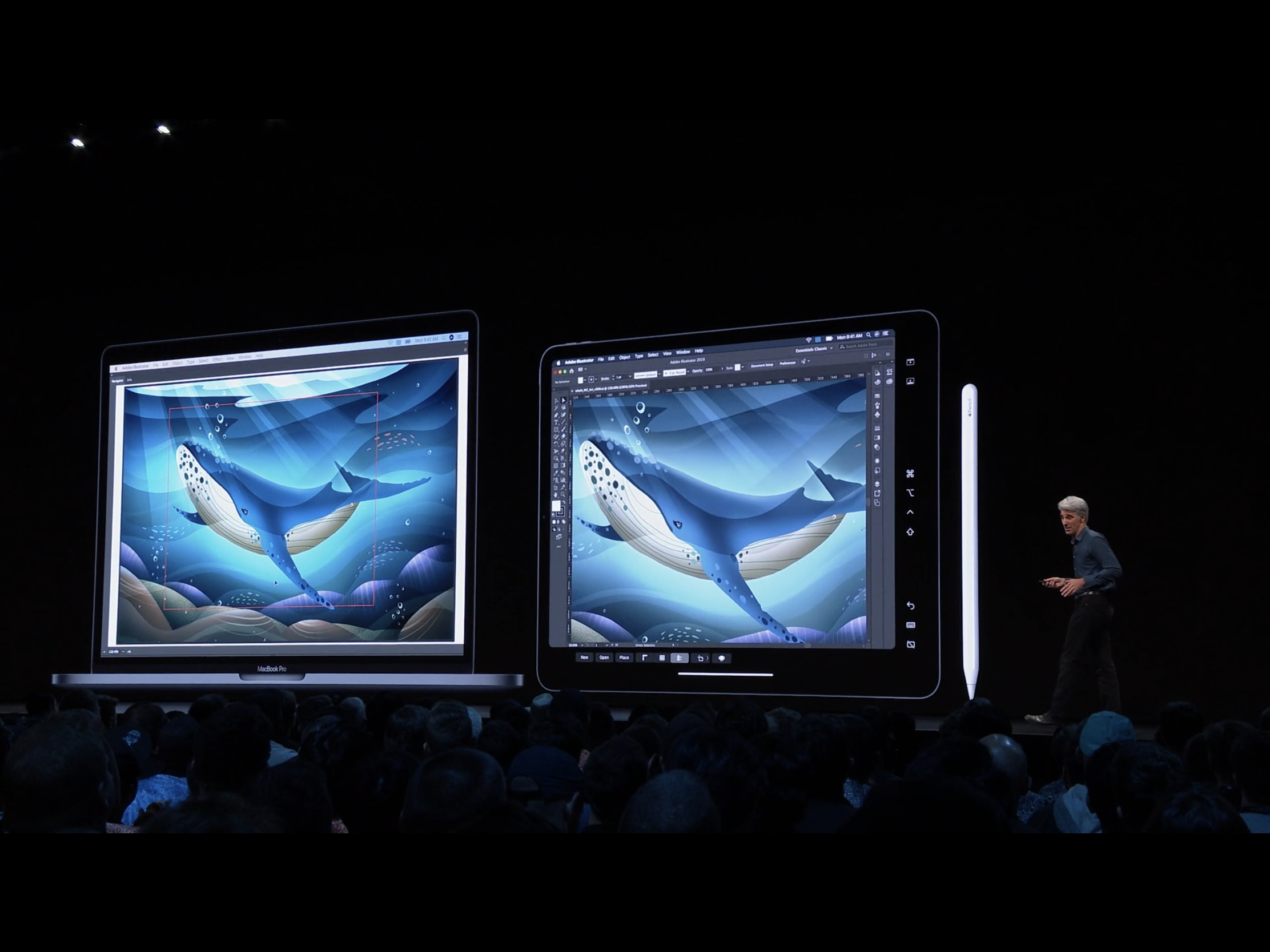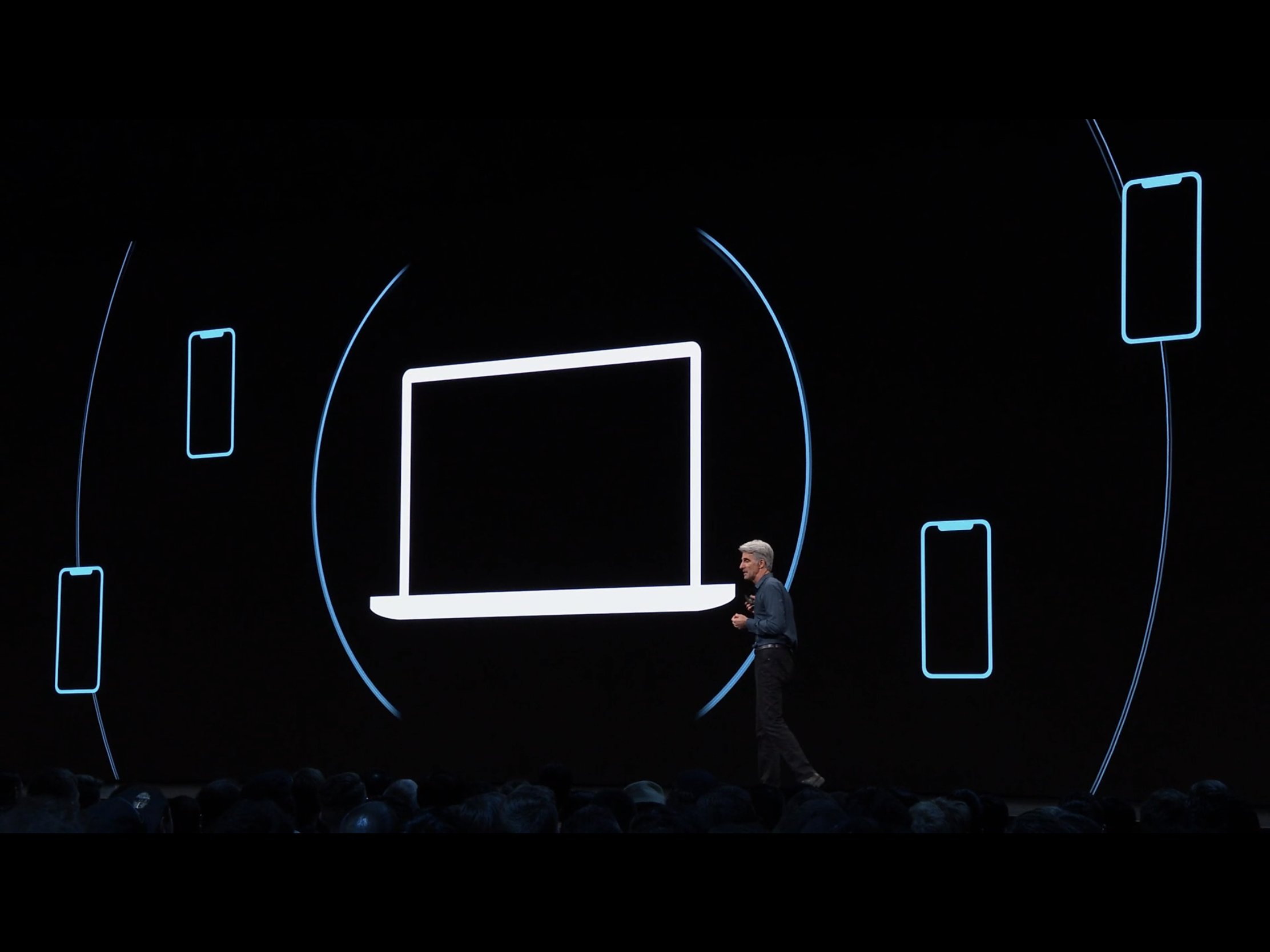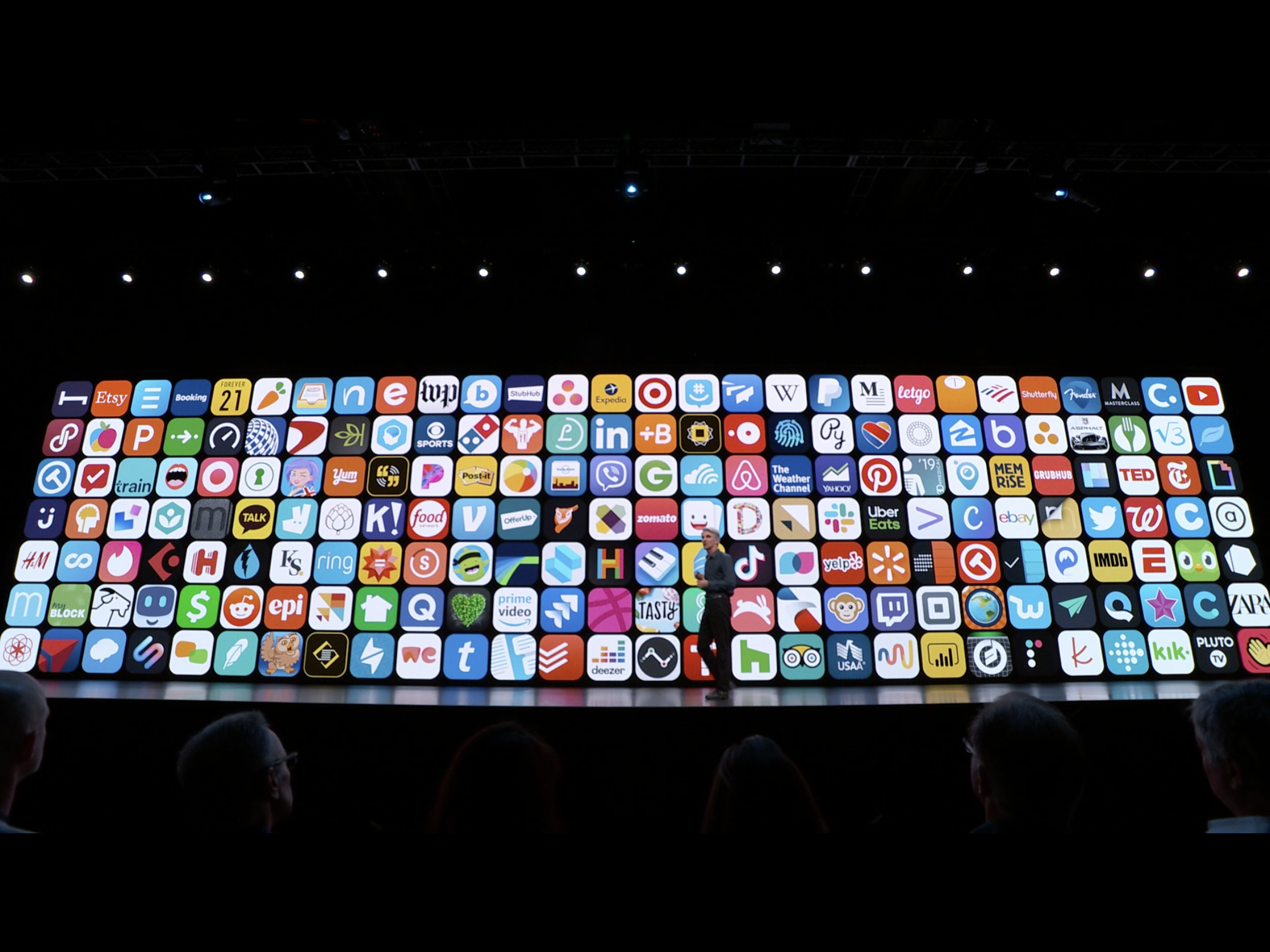At the 2019 Apple Worldwide Developers Conference in San Jose yesterday, several new developments were previewed to the public during Craig Federighi’s keynote address—including the announcement of the latest MacOS, Catalina.
The internet is rife with headlines claiming that iTunes is “dead”, but it’s been essentially absorbed and split into 3 separate apps: Apple Music, Apple Podcasts, and Apple TV. After 18 iconic years, it isn’t that big of a surprise that iTunes is being phased out with Apple Music (Apple’s answer to streaming-based services such as Spotify) having already amassed an impressive 50 million users in the 3 years since its launch.
Sidecar: Use your iPad as a second screen

Another highlight of the new OS is undoubtedly Sidecar; a feature that allows you to use your iPad as an extension of your Mac’s screen. Interestingly, this works with all apps that support tablets to begin with, which allows users to use the iPad as a high-precision input device for creative apps such as Adobe Illustrator and Final Cut Pro X.
Apple also announced welcome developments with accessibility, with emphasis on users who can’t use their devices utilising traditional input methods (mouse, touch, etc.). Voice Control uses Siri voice-recognition software along with navigation tools and real-time audio processing to allow users to control most apps using purely voice commands.
More secure
Apple devices have been highly-lauded in the past for being secure, and MacOS Catalina is no different. Data protection measures put in place mean that apps now have to gain permissions to access user documents (you can also approve security prompts using the Apple Watch if you own one).

If you’ve misplaced your Mac, you can now use the Find My Mac app to locate your missing machine, even if it’s off or asleep. According to Federighi, your Mac sends out secure Bluetooth signals that are picked up by other Apple devices nearby—ultimately pinging its location to you. Apple assures us that this is an entirely secure and encrypted process, to boot.

More iPad apps will work with Mac
But perhaps the most interesting update that Catalina brings over to Mac is the collection of new APIs and developer tools that make it easier to bring over iPad apps over to Mac. This is welcome news to most users, with the selection of apps native to Mac not exactly the biggest.
Available sometime in Q4
Currently, MacOS Catalina is only available to registered developers, while a public beta program will be available for all Mac users later this month. The official OTA update is also expected to be released sometime in the fourth quarter of this year.
In case you’re wondering if your Mac supports Catalina, Apple has stated that the OS will be available for all Macs introduced from mid-2012 onwards. This, in effect, means that most Macs that supported Mojave is also compatible with the new Catalina OS.
Here is a quick list of devices that you can expect to support Catalina:
- 12-inch MacBook
- MacBook Air, 2012 and later
- MacBook Pro, 2012 and later
- Mac mini, 2012 and later
- iMac, 2012 and later
- iMac Pro
- Mac Pro, 2013 and later








